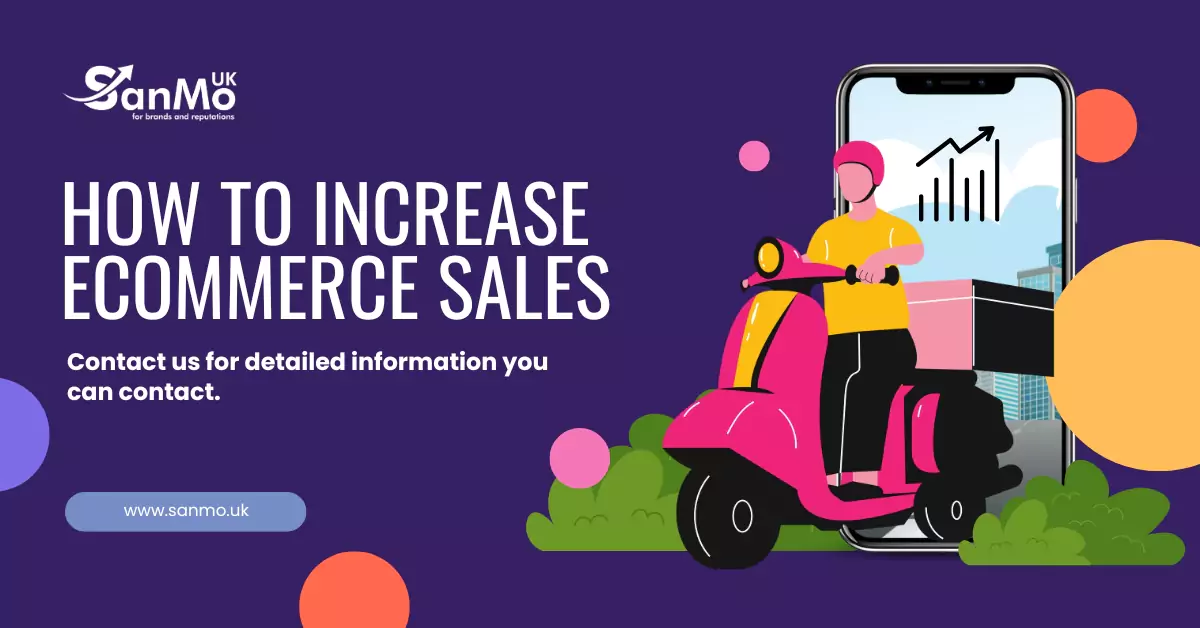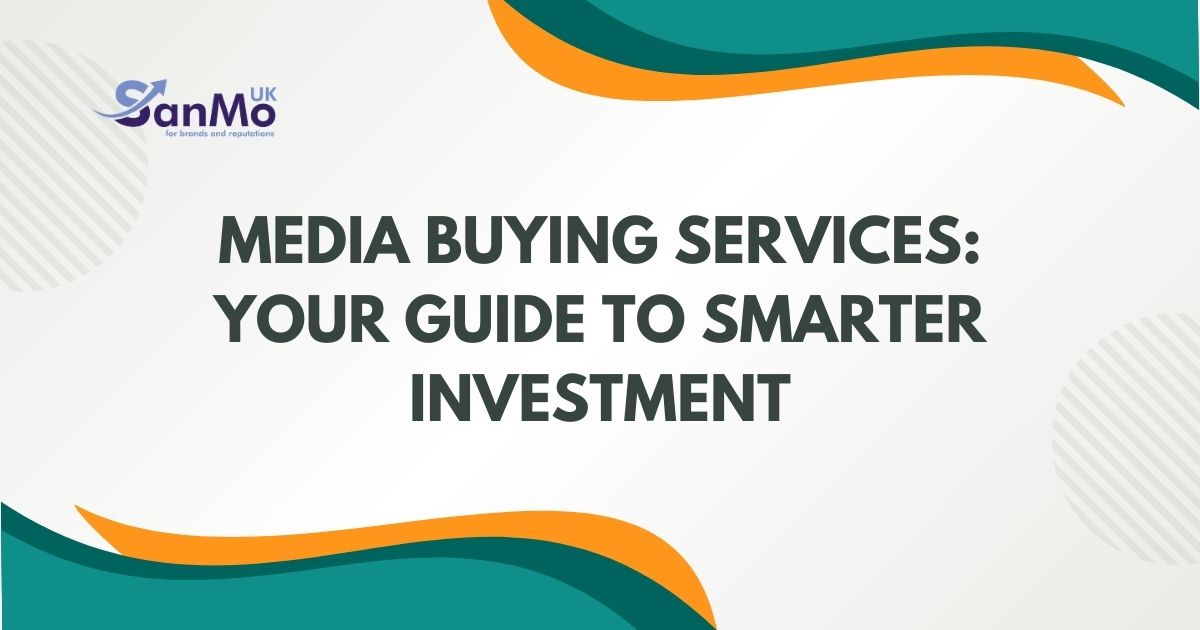Online shopping is booming like never before. For e-commerce entrepreneurs, digital marketers, and small business owners, maximizing online sales is the key to staying competitive and growing a thriving business. But with so many options now available to consumers, how can you stand out and convince them to buy from your store?
This guide reveals actionable strategies that will help you increase ecommerce sales, from understanding your audience to leveraging email marketing and analytics. Whether you’re just starting out or looking to scale, these tips will give you the tools you need to succeed.
Understanding Your Audience and Niche
The foundation of a successful ecommerce store lies in understanding your audience and their unique needs. When you know who you’re selling to, you may tailor the whole thing—out of your merchandise for your advertising and marketing—to satisfy their expectations.
Conducting Market Research
Start by asking yourself:
- Who is my ideal customer?
- What problems are they trying to solve?
Where do they spend their time online?
Use tools like Google Surveys, Facebook Audience Insights, or Ubersuggest to accumulate statistics for your target audience’s demographics, pastimes, and shopping behaviors. For example, in case you’re selling green cleaning products, information that your audience values sustainability and affordability can shape how you gift your products.
Analyzing Your Competition
It’s simply essential to recognize your competition. Analyze their pricing techniques, website design, and consumer opinions. Tools like SEMrush or SpyFu can assist in identifying keywords your competition is ranking for and any gaps you may take advantage of. For example, if a competing style logo lacks length-inclusive alternatives, you can make this a selling factor for your save.
Optimizing Your Online Store for Conversions
A superb product isn’t enough—customers need an unbroken purchasing experience from beginning to finish. Here’s how to show site visitors into customers:
Improve Website Performance
First impressions matter. A slow website can ship potential clients running.
- Aim for a page load speed of below 3 seconds. Use gear like Google Page Speed Insights to degree and optimize your website online.
- Ensure your store is mobile-friendly. Over 60% of UK consumers shop on their phones.
Create Compelling Product Pages
Your product pages should convince customers that they need your product.
- Use clear, high-quality images from multiple angles.
- Write benefit-focused product descriptions that show how your product solves a problem.
- Include reviews and testimonials to build trust—research shows that 92% of shoppers rely on customer reviews when buying.
Simplify the Checkout Process
Cart abandonment is a common ecommerce problem. Streamline the checkout process by:
- Offering guest checkout options.
- Reducing the number of steps to complete a purchase.
- Clearly stating shipping costs upfront.
Leveraging Social Media and Digital Marketing
Social media and virtual advertising and marketing provide effective methods to boom visitors on your online save and improve sales.
Using Social Media Effectively
Engage with Your Audience
Post relatable content, respond to remarks, and run polls or Q&A periods to foster community.
For example, if you’re a beauty emblem, you would possibly publish “Get ready with me” tutorials or person-generated content from happy customers.
Run Paid Ads
Use platforms like Facebook Ads or Google Ads to target the right target market. Incorporate retargeting ads to reconnect with users who visited your store but didn’t complete a purchase.
Prioritize SEO (Search Engine Optimization)
SEO is essential for making your store visible on Google and driving organic traffic.
- Research keywords relevant to your niche using tools like Ahrefs or Moz.
- Optimize your homepage, product pages, and blog posts for these keywords (e.g., “best sustainable home cleaning products UK”).
- Build backlinks from reputable sites to increase your domain authority.
Implementing Email Marketing for Ecommerce
Email marketing isn’t dead—in fact, it’s one of the most effective ways to encourage repeat business and customer loyalty.
Build Your Email List
Offer incentives like discount codes, free shipping, or exclusive content in exchange for email sign-ups. Tools like Mailchimp or Klaviyo make it easy to create and manage email campaigns.
Create Engaging Email Campaigns
Welcome Emails
Thank new subscribers with a friendly introduction and an exclusive offer, like 15% off their first purchase.
Product Recommendations
Use customer statistics to endorse merchandise primarily based on their previous purchases. For example,if a customer bought running shoes, you could suggest workout apparel.
Cart Abandonment Emails
Send a reminder email with an instantaneous hyperlink to their cart. Add urgency with phrases like, “Items in your cart are selling fast!”
Utilizing Data and Analytics
Tracking and analyzing your store’s data lets you identify what’s working—and what isn’t—to refine your strategy.
Key Metrics to Monitor
Conversion Rate
How many visitors make a purchase? A good target is 2-3% for ecommerce stores.
Average Order Value (AOV)
Boost AOV through upselling or bundling products. For example, offer a discount for customers who buy a complete set of skincare products.
Customer Lifetime Value (CLV)
Track how much revenue each customer brings over time. Strategies to increase CLV include loyalty programs and personalized email campaigns.
Use the Right Tools
Platforms like Google Analytics, Shopify Reports, and Hotjar offer insights into customer conduct and internet site overall performance. For example, reading heatmaps can display you which ones components of your internet site entice the most attention.
How to Increase Sales in Ecommerce
When trying to boom ecommerce income, integrate technical optimizations with customer-centered strategies. Connect with your target audience on a private level, optimize your keep for usability, and leverage marketing channels to keep them coming lower back.
How to Increase Sales on Ecommerce Platforms
Platforms like Amazon, eBay, and Etsy have specific opportunities for growing sales:
Optimize Product Listings
Use clear images and keyword-rich titles to rank higher in search results.
Offer Competitive Shipping Options
Many customers prefer sellers who offer free or fast shipping.
Stay Active in the Community
Engage with reviews and questions to boost credibility with potential buyers.
Make Every Sale Count
Mastering ecommerce sales isn’t approximately brief hacks; it’s approximately growing costs for your customers through approach and staying power. With these practical steps, you’re properly on your way to scaling your online shop and enjoying long-term success.
Every ecommerce shop is different, so don’t hesitate to test what works best for your target market. If you’ve recently applied those guidelines or have unique fulfillment stories, we’d like to listen to them—drop us a comment below!







